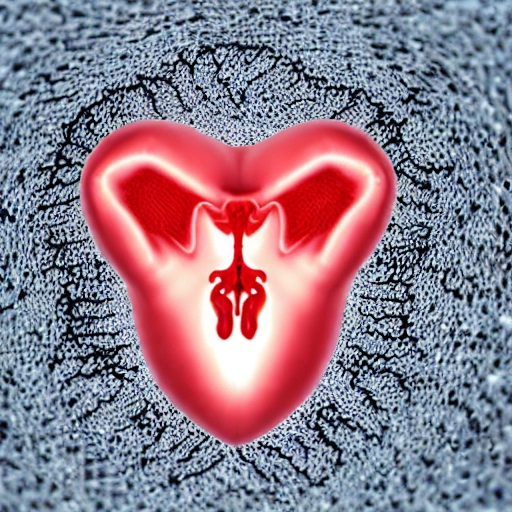How Is Atrial Fibrillation Diagnosed?
How Is Atrial Fibrillation Diagnosed?
Atrial fibrillation (AF) is a common heart condition that affects the upper chambers of the heart. It causes the heart to beat irregularly, which can lead to fatigue, shortness of breath, and other symptoms. Here’s how AF is typically diagnosed:
Electrocardiogram (ECG): An ECG is a test that measures the electrical activity of the heart. It is commonly used to diagnose AF. During an ECG, electrodes attached to the skin record the electrical signals produced by the heart. An abnormal ECG result may indicate AF.
Holter monitoring: Holter monitoring involves wearing a small device that records the electrical activity of the heart over a period of time. This can help healthcare providers diagnose AF and monitor the condition’s severity.
Transthoracic echocardiogram (TTE): TTE is a non-invasive test that uses sound waves to create images of the heart. It can be used to diagnose AF and evaluate the structural and functional changes in the heart that may occur as a result of the condition.
Blood tests: Certain blood tests, such as complete blood count (CBC) and coagulation profile, may also help diagnose AF. For example, an elevated level of fibrinogen, a clotting protein, may indicate AF.
Cardiac catheterization: Cardiac catheterization involves the insertion of a thin tube into the artery that supplies blood to the heart. This procedure is used to diagnose and treat coronary artery disease and other cardiovascular conditions. While it is not typically used to diagnose AF, it may be performed as part of a comprehensive evaluation for the condition.
How Is Atrial Fibrillation Diagnosed?
It’s important to note that while these tests are commonly used to diagnose AF, the specific tests ordered will depend on the individual patient’s symptoms and medical history. If you’re concerned about your heart health or experiencing symptoms of AF, it’s important to speak with a healthcare provider to discuss appropriate testing and treatment options.
How Is Atrial Fibrillation Diagnosed?

